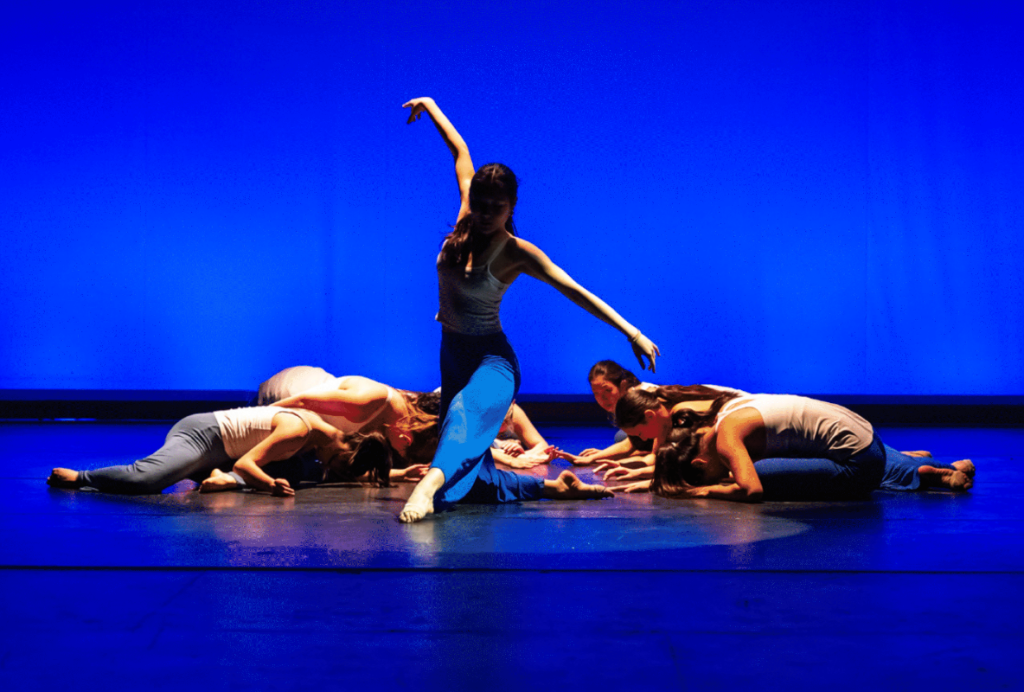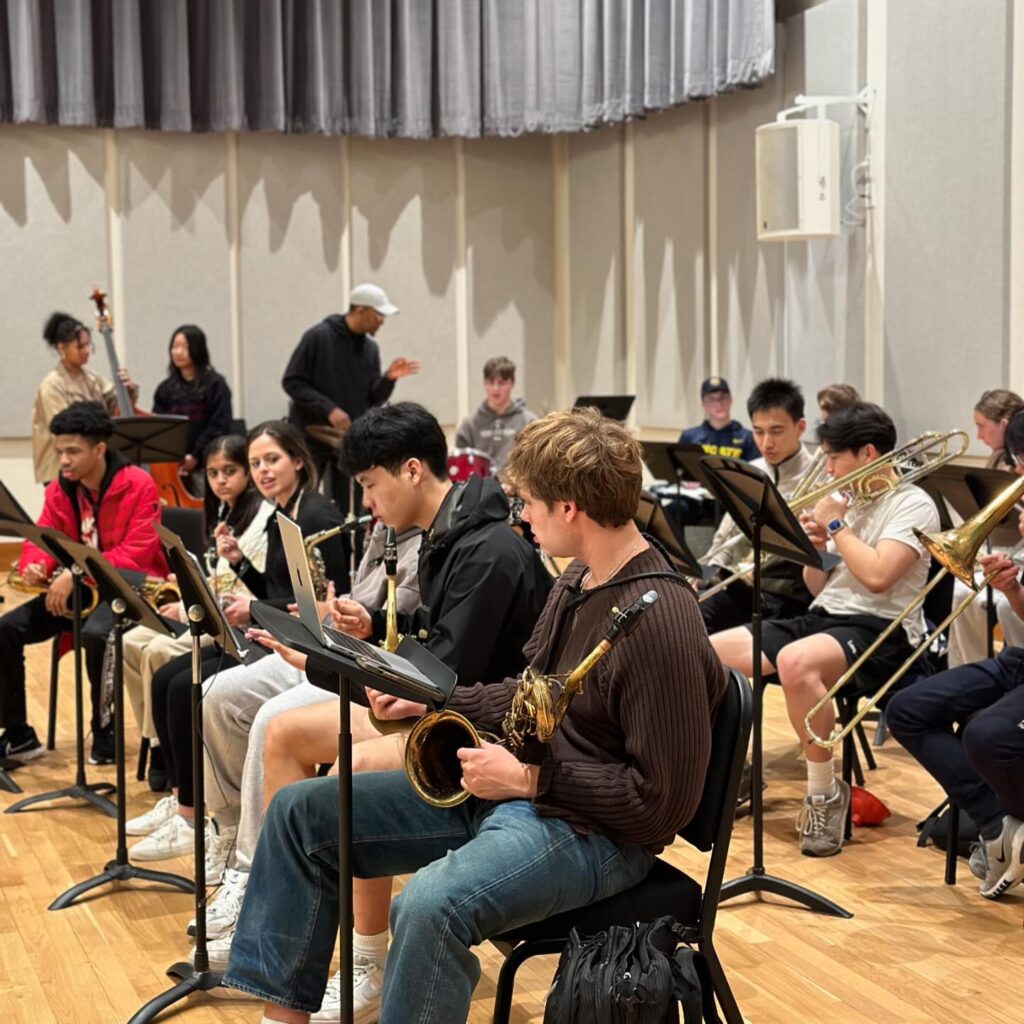
By Grace Yoon ’26
Choate musicians typically play in large ensembles consisting of up to 70 musicians that rehearse two to three times per week. However, the chamber music program allows students to hone their technique and musicianship in smaller groups of three, four, five or eight.
Chamber music, characterized by its intimate setting, usually takes place in the spring term. However, Orchestra Director Mr. Gene Wie is working on integrating chamber music into the rest of the school year.
Mr. Wie explained that striking a balance between categorizing chamber music as an extracurricular activity and an element of the academic curriculum is difficult, but crucial, as Choate is not a conservatory but a college preparatory school. Thus, chamber music is a requirement for musicians in the Arts Concentration Signature Program but entirely optional for all other students.
A student either requests to be a part of a group with their friends or is assigned to a chamber group by Mr. Wie. Then, the group decides on the works they wish to play, receive coaching from the music faculty, and perform for the School at School Meetings and recitals.
Some of the groups this year include a woodwind quintet, string quartet, and a metals and string octet. The woodwind quintet features the flute, oboe, clarinet, bassoon and french horn. The cello, violin, double bass, and viola are instruments that make up a string chamber group. The upcoming spring recital will feature some of these chamber music ensembles, whose repertoire ranges from classical to contemporary arrangements.
Chamber music has been met with enthusiasm from students. Jayden Dai ’25, a saxophonist in both the Wind Ensemble and Jazz Ensemble since his third-form year, said he “wanted to take part in chamber music because it allows [him] to become exposed to different types of music.” He will play in a saxophone quartet, which consists of soprano, alto, tenor, and baritone saxophones.
James Stuber ’24, a student in the Arts Concentration program, agrred with Dai’s sentiment. “Some of my most valuable memories playing music at Choate have come from collaborating with fellow instrumentalists on compositions created by Choate students,” he said.
Mr. Wie believes that chamber music teaches students valuable lessons that can be applied to other aspects of musicianship and beyond. “Traditional ensemble education comes in two forms in schools,” he said. “There is a large ensemble… Then there is solo instruction.” He continued, explaining that what’s missing is the in-between: small ensemble music-making through chamber music. Playing without a conductor requires “mak[ing] decisions together with other people and achieving consensus,” he said, which mirrors situations students may face in life.
For violonist Shawn Yang ’24, the chamber music program has been instrumental to his growth as a musician. “[Chamber music] encourages each individual player to find their own voice within a small, tight-knit group, while being incredibly demanding in terms of ensemble cohesion and communication skills,” he said. “My time spent working on chamber music has made me a far more sensitive and intuitive violinist, and a stronger ensemble player overall.”



